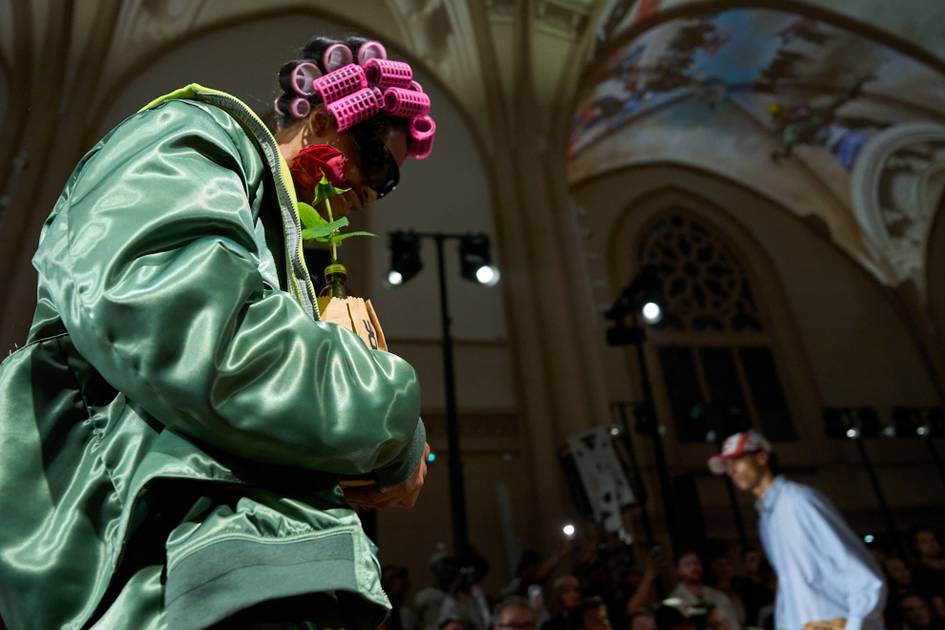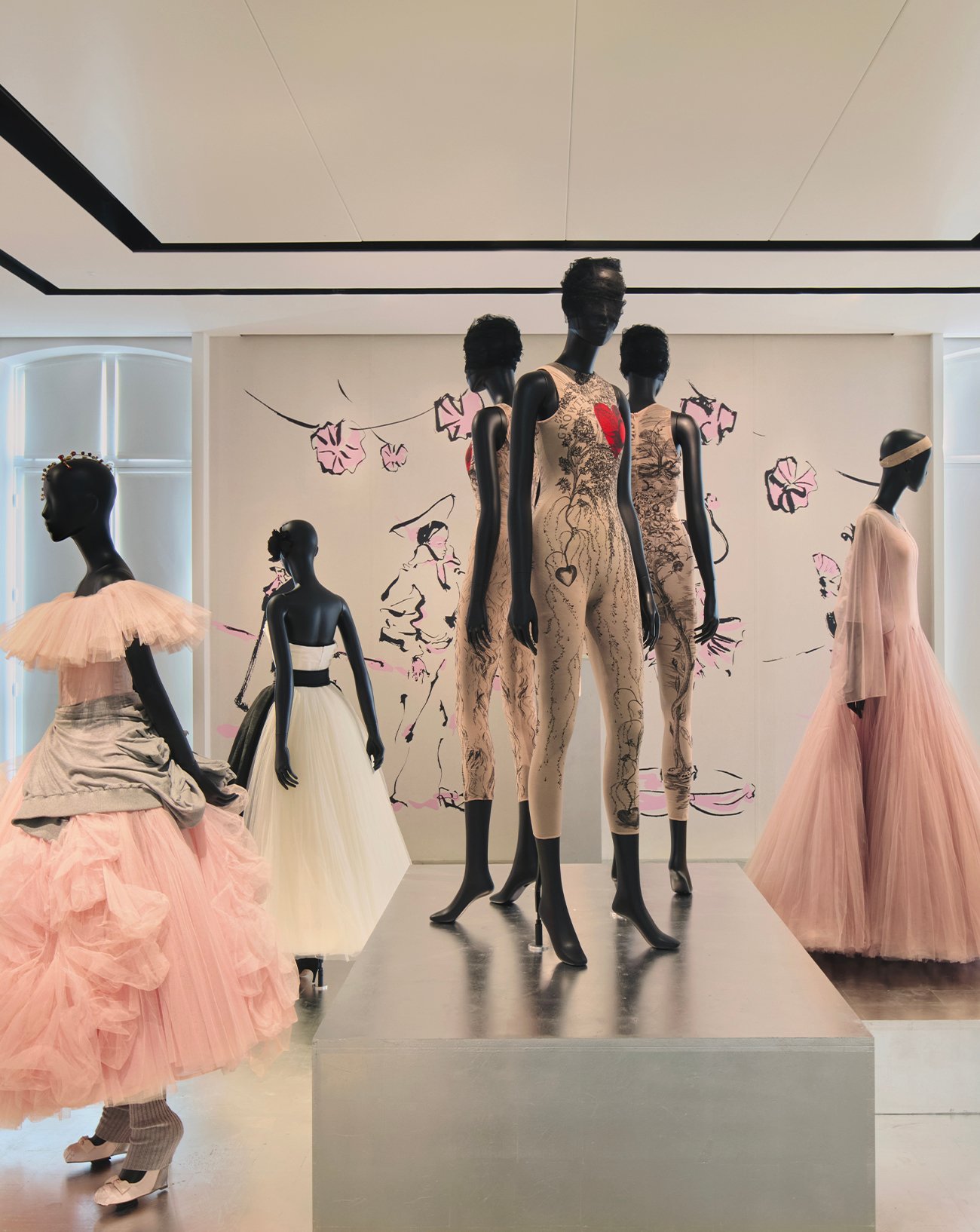Highlights from Milan Fashion Week

The Milan menswear season recently commenced under an unusual shadow: the absence of Mr. Giorgio Armani, who was announced to be “recovering” at home after a brief hospital stay. This marked an unprecedented moment in the fifty-year history of Italy’s fashion king, contributing to a sense of fragility around Milan men’s fashion week. The calendar itself was notably condensed to a mere three days, with prominent houses like Zegna having already shown in Dubai, and Fendi and Gucci opting for co-ed presentations during the women’s calendar. This reduction in the presence of established names raised the question of whether it could open pathways for new talent.
While Milan has yet to firmly establish itself as an incubator for fresh design talent in the same vein as Paris, efforts are being made. Fondazione Sozzani, under the leadership of Sara Sozzani Maino, is actively working to advance new names, and a nascent Milanese vanguard is gradually emerging. Kicking off the runway shows was Satoshi Kuwata of Setchu, the 2023 LVMH Prize winner. Kuwata is renowned for his artfully simple yet impeccably sartorial garments, designed for versatile wear through clever unzipping, unbuttoning, wrapping, or unwrapping. His latest collection drew inspiration from a dialogue with Africa, featuring captivating elements such as transparent tailoring, rainbow madras, garment bag dresses, and bright primary colors. However, the collection’s impact was somewhat lessened by a presentation format that, with its straw hats, woven sculpture-skirts, and abstract tribalism, felt a little contrived. Kuwata undeniably possesses a distinct point of view, but he now requires stronger editing of his concepts and a unique presentation language.
Yushan Li and Jun Zhou of Pronounce represent a new wave of Chinese designers who, after receiving their education in Europe, are now forging a fresh dialogue with their cultural heritage. Their approach leans towards abstraction, a commendable ambition that, following a few stylistically disparate seasons, finally found a plausible form. This was evident in the lightness and sensuality of items inspired by kites, though a subtle homage to Prada was still present. In contrast, Fiorucci’s new direction under designer Francesca Murri continued to underwhelm. While founder Elio Fiorucci possessed a rare ability to translate popular culture into clothing that resonated across generations, Murri’s attempts to contemporize the label have largely fallen flat. Similarly, at PDF, Domenico Formichetti appeared to be mired in a fantasy of suburban toughness that struck observers as fabricated and somewhat outdated.
Luca Magliano’s Magliano opted for a film presentation this season, directed by Thomas Hardiman, rather than a traditional show. Magliano explained that this decision was made early in the design process and significantly influenced a collection that was particularly product-driven. It featured deconstructed tailoring and hybrid garments, such as camping and running gear crafted from cotton voile or crepe de Chine, presented in a muted palette of earthy tones. Elsewhere, Simon Cracker, the collaborative bricolage project by Simone Botte and Filippo Biraghi, is steadily cementing its reputation as Milan’s epicenter of unruliness, randomness, and youthful rebellion with a strong punk ethos. Their collections, centered on upcycling, are showcased in energetic presentations featuring the city’s most intriguing “beautiful freaks.” While past seasons sometimes felt chaotic, their latest offering, characterized by muted tones, oversized pins, and uniform dressing, exuded a deliberate strictness that conveyed maturity without compromising its rebellious spirit for conventionality.
Ludovico Bruno’s work for Mordecai is rooted in a clear and compelling fusion of technical sportswear, martial arts gear, and Eastern silhouettes, drawing influences from the Middle East to Japan. He deliberately operates within a narrow creative scope, which ultimately benefits his designs. In previous collections, Bruno relied on heavy layering that at times verged on the excessive, reminiscent of Hed Mayner, but this season he refined his approach, to much advantage. Meanwhile, Luca Larenza’s compact, guerrilla-style presentation took the form of a street stall, effectively showcasing his exquisite knits and ceramics. This proved to be an intelligent method to maintain a light presence and connect with both fashion enthusiasts and casual passers-by.
Milan’s established heavyweights, for their part, sought renewal by trading ostentation for a sense of lightness. Miuccia Prada and Raf Simons notably embraced a shift in attitude at Prada, where a feeling of reduction and stripping back to the bare essentials permeated the proceedings. The show venue was starkly empty, save for flower-shaped rugs that evoked an ambiguous space between “kindergarten” and “bathroom.” Accompanied by the sounds of chirping birds and passing trains, the garments featured essential lines or archetypal shapes, such as acetate tracksuits and overcoats, leaning towards an infantile aesthetic. Shirts elongated into aprons, trousers shortened like rompers, and gender distinctions were blurred in a sort of prepubescent limbo. Despite these explorations, the collection remained quintessentially Prada. An authentic departure from the established formula—a genuine shift away from soft, youthful masculinity towards something more diverse—would have been a compelling development.
Dolce & Gabbana presented an ode to pajama dressing, a concept that has become a classic, almost bordering on cliché. However, what made their proposal captivating was how Domenico Dolce and Stefano Gabbana emphasized the grungier, edgier aspects of the striped cotton pajama, transforming this epitome of lounge wear into a plausible everyday uniform, extending its appeal beyond the eccentric gentlemen and artists typically associated with such attire. Their meticulous study of roomy proportions was particularly noteworthy, translating into striking silhouettes that possessed both volume and a sense of realism. The British contingent was well-represented in Milan this season. Paul Smith, opting to show in Milan instead of Paris, exuded his characteristic lightness—a classic-with-a-twist approach. Explanations for the looks were provided by Mr. Smith’s voice on the soundtrack. The collection offered another exploration of tropical prints, light tailoring, and nods to cycling, presented in a swift, effortless, and ultimately unremarkable show.
For the first Vivienne Westwood men’s show in Milan since 2016, Andreas Kronthaler chose a café situated under the arches of the upscale San Babila area. There, he delivered a classic blend of tailoring and gender-bending provocation that, while enjoyable, felt both codified and somewhat stale. Meanwhile, at Dunhill, Simon Holloway continues his deep dive into a world of high class and sartorial privilege that is exquisite to appreciate. There was no inclination towards grittiness here; instead, it was a celebration of every detail, every making, and every fabrication that only the truly wealthy can afford. Whether one appreciates this aesthetic or not—the sense that it belongs to another era is perhaps inevitable—the level of execution remains captivating in its flawless refinement. The week concluded with Armani, albeit without Mr. Armani himself. With the designer turning 91 in July, continuity is likely a crucial element of the company’s succession strategy. It is evident that lieutenant Leo Dell’Orco and his team are performing exceptionally well in menswear. Despite Mr. Armani’s physical absence, his influence permeated both the Emporio and Giorgio collections, which echoed the designer’s signature 1990s aesthetic. Given the next generation’s eagerness to embrace this seminal moment, it was a prudent decision, one that reaffirmed the enduring relevance of a house built on principles of softness and timelessness.
You may also like...
POLITICS:SHOULD POLITICIANS EARN THE MINIMUM WAGE?

What if your president earned the same as a teacher? This bold essay explores the growing divide between political elite...
Erased or Ignored? The Forgotten Female Heroes of African History”
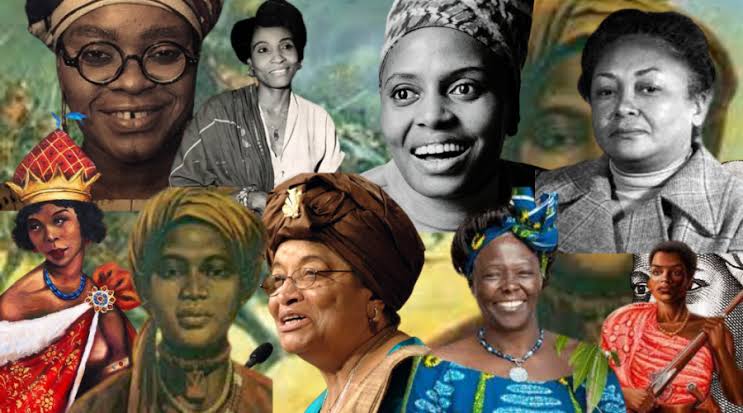
Discover the untold stories of Africa’s forgotten female heroes—from warrior queens and resistance leaders to spiritual ...
Africa's Growth Paradox: Why Booming Economies Aren't Delivering Jobs for Its Youth Majority

Africa's GDP is rising, but youth unemployment persists. Uncover the disconnect between economic growth and job creation...
Emotional Blackmail in African Homes: Love, Guilt, and Obedience
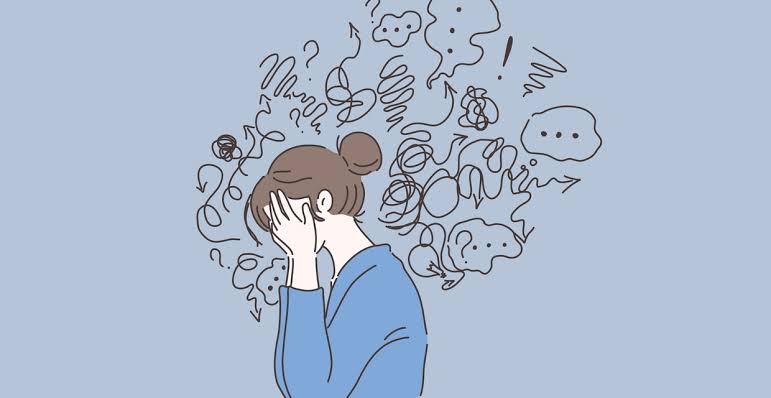
Explore how emotional blackmail shapes relationships in African homes—where love is often tangled with guilt, obedience,...
SOCIAL INSIGHT: IS MARRIAGE STILL RELEVANT IN THE 21ST CENTURY?
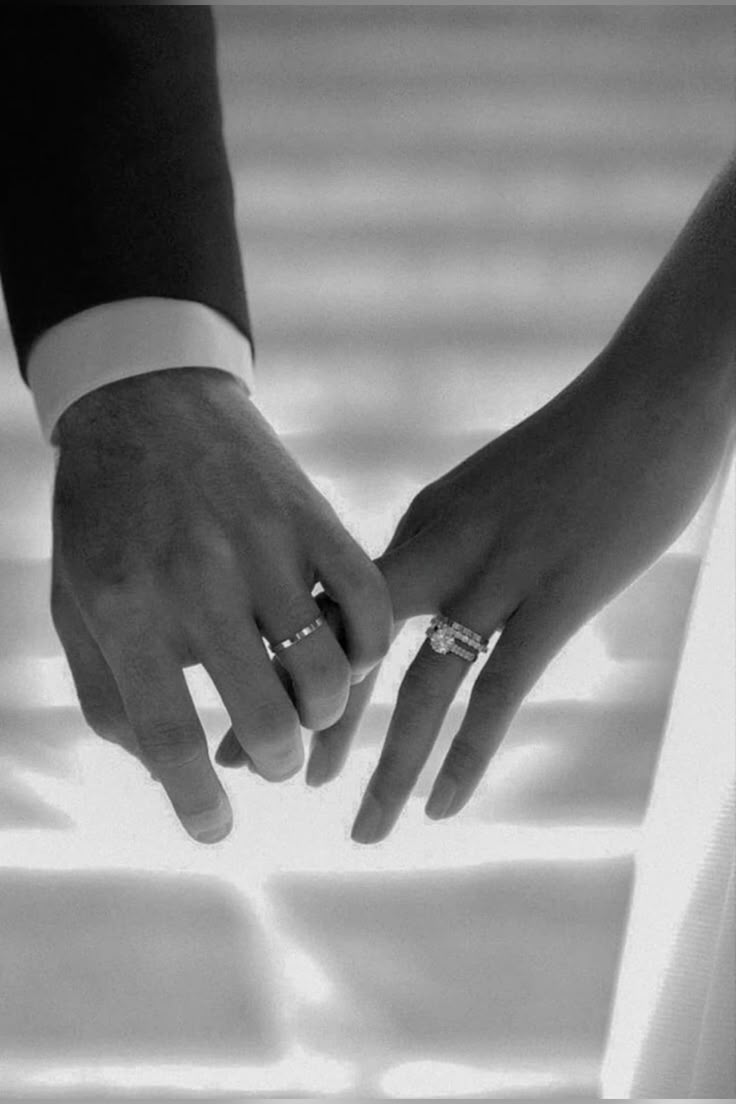
Once seen as the ultimate milestone of adulthood, marriage is now being questioned, redefined, and reimagined. This essa...
Urban African Youth and the Rebirth of Cultural Identity
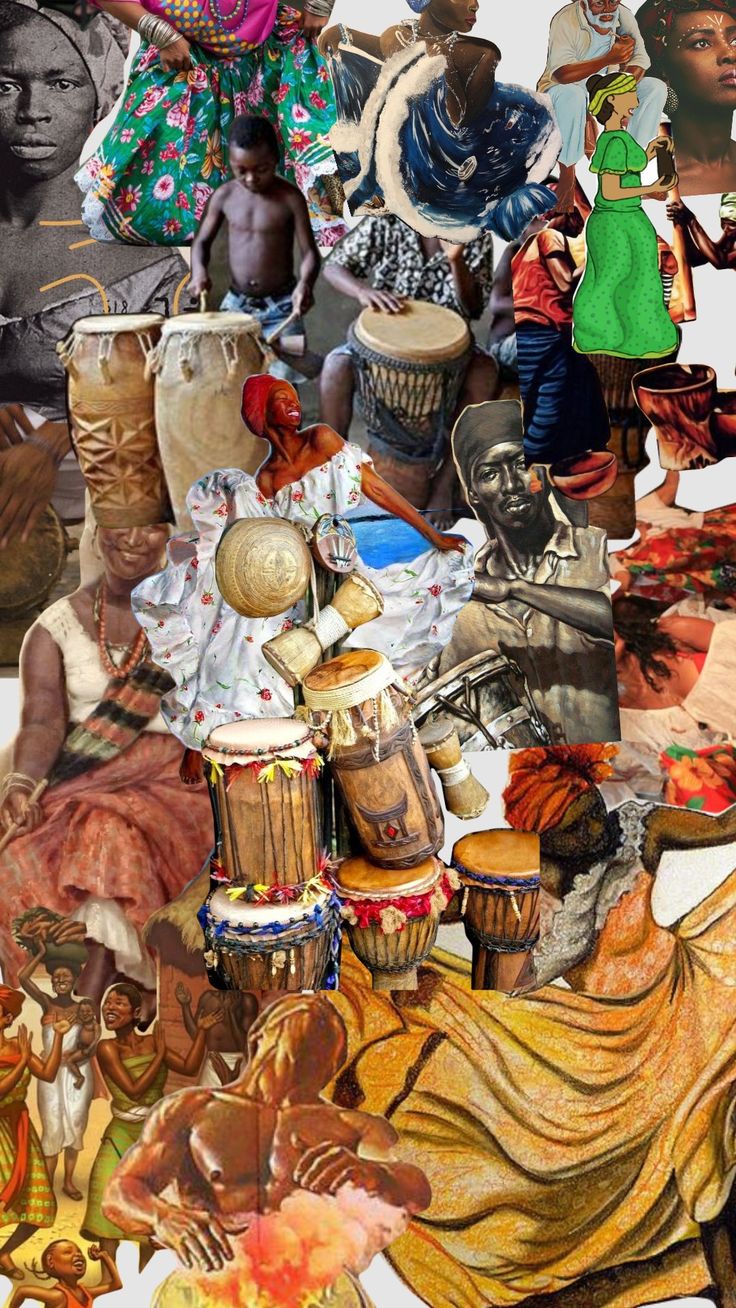
Urban African youth are redefining cultural identity through music, fashion, technology, and activism. From Kenya to Sou...
What Happens to African Girls Who Say No?
(3).jpeg)
Explore the struggles and resilience of African girls who dare to say no to forced marriage, gender-based violence, and ...
The African Dream Is Still to Leave Africa

For many young Africans, the dream isn’t to build Africa — it’s to leave it. This piece explores why the African Dream o...
